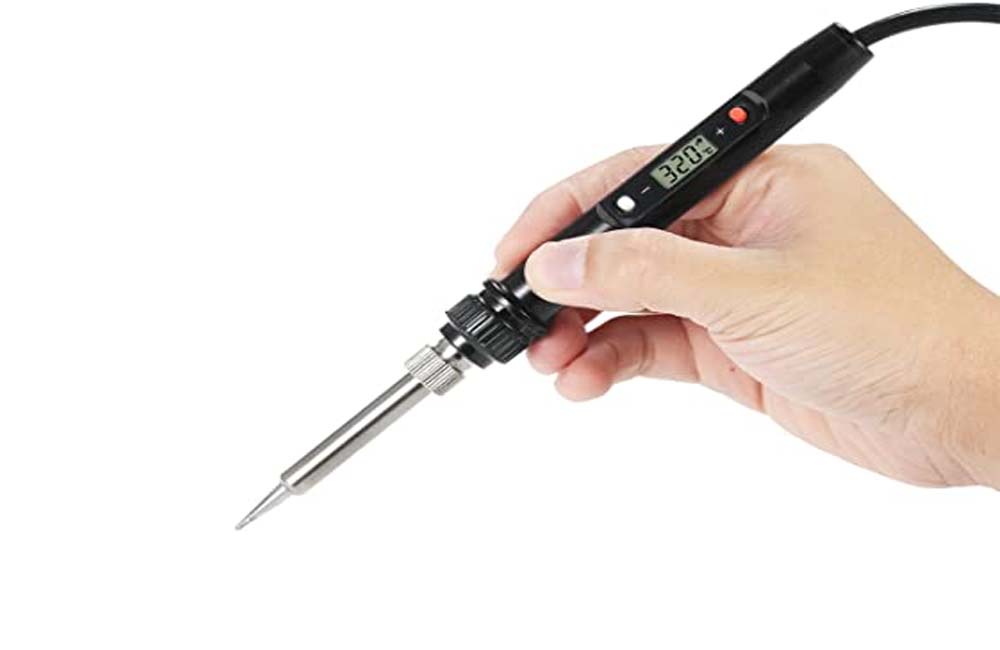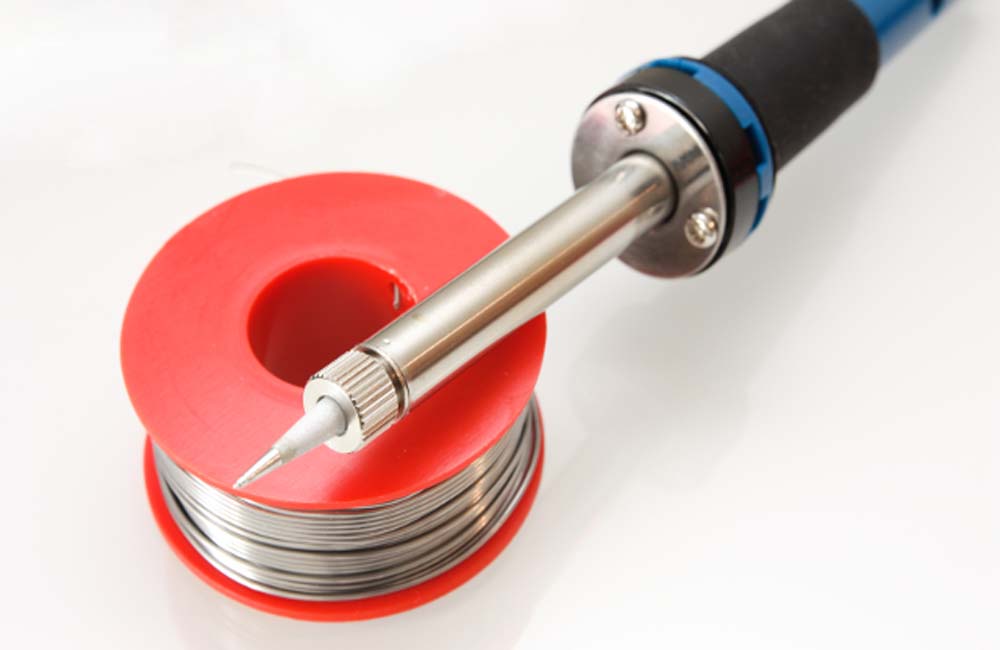Information About Soldering Iron Temp For Lead Free Solder
Today, we will discuss soldering iron temp for lead free soldering and essential things you need to know about the process.
Working temperature is the most common factor influencing tip duration. Before ROHS regulation, only lead contained solder wires were permitted. But after 2006, the lead soldiers were banned in all processes and equipment. However, this ban was not for medical apparatus, measuring instruments, surveillance and monitoring equipment, and particular space and military equipment. Rail transport and car sector (airbags, car control systems) were also excluded from this ban.
Soldering Iron Temp for Lead Free and Lead Alloys
Lead alloys come with unique characteristics that help the fusion process occur at approximately 180-degree centigrade. However, the soldering iron temp for lead free alloy is around 220-degree centigrade. Therefore, there is a 40-degree centigrade difference between the fusion levels of the two alloys. Due to this difference, you will have to upturn the lead-free solder tool temperature for achieving the solder joint. The result is the increased oxidation and reduced life of tips.
Take a look at the graph below to know the effects of increasing the temperature of the tip. We took 350-degree centigrade as an example. The tip life is reduced by half after increasing the temperature by 50-400-degree centigrade. The tip temperature increase means a quick reduction in the tip life.
Usually, the appropriate soldering iron temp for lead free alloy is 350-degree centigrade. You can also consider 300-degree centigrade temperature with an SMD 01005-size component.
Significance of Precision
You must check the temperature periodically for increasing tips life and also to evade low-temperature soldering and overheating. If you don’t, then both may cause some severe issues while soldering. Let’s take a look at the possible problems associated with them.
- Overheating
According to several professional soldering technicians, you must increase the soldering temperature if the solder is not melting quickly. Increasing the temperature promotes localized overheating, resulting in overheated solder, lifted hands, increased erosion and oxidation of the tip, poor soldering joints, and board damage.
- Lower Temperatures
Low temperatures than expected can cause lowly heat transfer and extended dwell times. It results in low-quality solder connections and decreased productivity.
Therefore, you need correct temperature readings for reliable performance.
How to Read Temperature Accuracy?
How would you read the correct soldering iron temp for lead free temperature accuracy? Professional soldering technicians use different equipment to measure the accuracy of soldering temperature. Here are the various methods available for measuring soldering tip temperature.
- TIA-A Thermometer
With the help of a Type-E thermocouple (STA-A sensor), this thermometer gives the correct temperature of the soldering tip. This thermometer also can read the soldering temperature even in the sleep mode. While measuring, make sure that the solder is applied to the middle of the STA-A sensor.
- TID-A Digital Thermometer
It is a highly accurate thermometer that is a perfect way to get accurate readings quickly. It works with Type-K thermocouple (STD-A sensor) only. There is a digital display on the thermometer that helps you change the soldering temperature scale easily (C/F). This thermometer has some unique features, like Max/Min value memory, hold function, and scale or offset adjustment.
- Type-K PH218 Thermocouple
It reads the soldering pin temperature on a PCB at a particular point. It assists in managing profiles while in use with Preheaters. You can utilize Kapton tape for fixing a thermocouple to a PCB securely.
After starting the soldering process, you must not forget to keep a low working temperature to avoid low-quality solder joints and flux burning. When solder is not melting fast enough, people usually increase the temperature. However, you must avoid this approach and select the larger tip having more considerable surface contact.
Choosing the Correct Soldering Iron
Soldering iron melts the metals like solders for joining components together. There are different types of soldering iron. Therefore, it is crucial to choose the suitable soldering iron alongside the right soldering iron temp for lead free for your application. Here is what you need to know in this regard:
1. Soldering Needle (5W - 15W)
It is a special kind of soldering iron for soldering fine wires. It is also appropriate for fine works, such as on tiny SMD parts and traces. Usually, these needles are small, so you can also use them in a limited space.
2. Fine Soldering Iron (15W - 30W)
This type of soldering iron is suitable for small and medium-sized soldering. Some application examples include distribution boxes, PCB assembly, and model construction soldering. These soldering irons are easy to work, inexpensive, and smaller. Due to this, it is a suitable option for beginners.
3. Universal Soldering Iron (30W - 60W)
These soldering irons come with various soldering tips that help in handling all sorts of tasks. However, these soldering irons are not better than smaller icons because of their size. They lack enough strength for soldering thick wires quickly. These soldering irons are known as the best available option because there are universal.
Universal soldering requires 230V so that you can connect them directly to your electrical socket. Therefore, you can work with them without their built-in power supply. They are convenient, which means that you can easily control the working soldering iron temp for lead free.
4. Temperature-Controlled Soldering Iron (30W - 60W)
This type of soldering iron has an electronically-controlled heat element. It prevents the temperature from going too high. These soldering irons are perfect for particular works in laboratories. They have electrical resistance or temperature sensor to calculate the temperature. However, one drawback of these irons is that they are comparatively expensive.
5. Large Soldering Iron (>60W)
You should choose these irons for rough working on batteries, solar cells, and thick cables.
There are also cordless soldering irons. They are powered by batteries or gas and suitable for working when the power connection is not available in the area. But because of their low performance, cordless irons remain appropriate in only emergencies.
We hope you now have adequate information about the different types of soldering irons. Keep in mind that the most important thing is to use correct soldering iron temp for lead free and lead soldering tasks.
For More Information, Contact Us Today!







